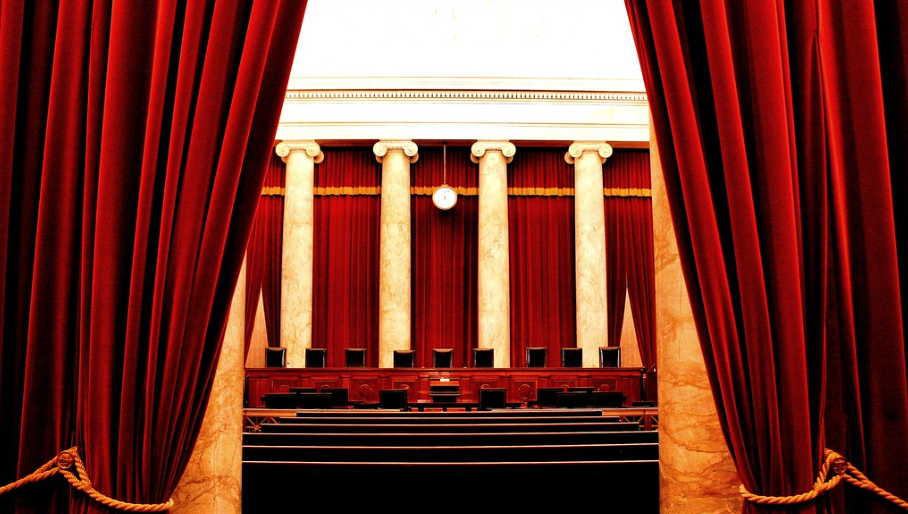The entire United States government, led by Congress, the President, and the Supreme Court, exists only by authority of the U.S. Constitution. Through the Constitution, the free people of the United States granted our government and its leaders all the powers they legitimately possess.
The people and the states granted our federal government power to secure and defend their God-given rights and enable them to pass the benefits of freedom along to their descendants. We possess natural rights granted by God. Our founders understood that well and understood the limits God gave them through His 10 Commandments.
Our federal government doesn’t legitimately possess any powers not granted by the Constitution. The first 10 Amendments, called the Bill of Rights, were ratified to further ensure that the federal government would not interfere with the rights of the people or states by assuming powers not granted.
Justices on the Supreme Court began to unconstitutionally limit the rights of Americans before the Civil War. In the Dred Scott case of 1857, justices ruled that a black man could never be a U.S. citizen, regardless of whether he was a slave or a free man, partly because a citizen has a right to speak freely and a right to own and carry a gun.
In that case, Chief Justice Roger Taney went on to write that a black man has no rights that a white man needs to respect. Anyone who understands the U.S. Constitution knows he was wrong, but that mistake was emphatically corrected by the 13th, 14th, and 15th Amendments, which abolished slavery, established that former slaves and their descendants were citizens, and that they have a right to vote.
The U.S. Supreme Court clearly does not have any legitimate power to limit the rights of the people, or to expand the powers of government granted by the U.S. Constitution. The Court was also not granted authority to modify our Constitution, in the way English courts have changed their unwritten constitution for centuries under the tradition of English common law. Our founders freed themselves from England and established a written Constitution to protect our freedom.
The court system has legitimate authority to apply the law correctly; to rule only within the limits of the Constitution which created it.
In my view, the 1973 Supreme Court Ruling against the right to life in Roe v. Wade was clearly outside the Supreme Court’s authority granted by the U.S. Constitution. Whether the Court rules correctly in a case or makes a mistake, no provision of the Constitution gives previous rulings of the Supreme Court, called precedents, a higher position of authority than the Constitution itself.
By ignoring the Constitution and ruling according to their precedents, the Court illogically places its own authority above the Constitution, ruling against the law that created the Court. Without the authority granted to it by the Constitution, the Court's rulings are based upon no authority whatsoever.
While the Court was preparing to overrule Roe v. Wade, Justice Clarence Thomas was widely criticized for saying that the justices should also review other cases in which their rulings were wrong. Whatever you personally chose to believe about obeying God’s 10 Commandments, Justice Thomas was correct about his responsibility to follow the U.S. Constitution.
To contact KCarl or request a speaking engagement, go to www.kcarlinc.com The views and opinions expressed here are those of the author and do not necessarily reflect the policy or position of 1819 News. To comment, please send an email with your name and contact information to Commentary@1819News.com.
Don't miss out! Subscribe to our newsletter and get our top stories every weekday morning.










